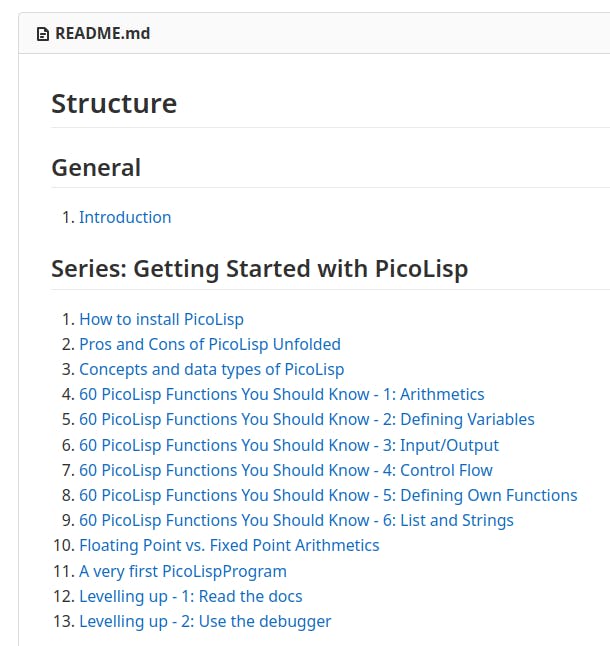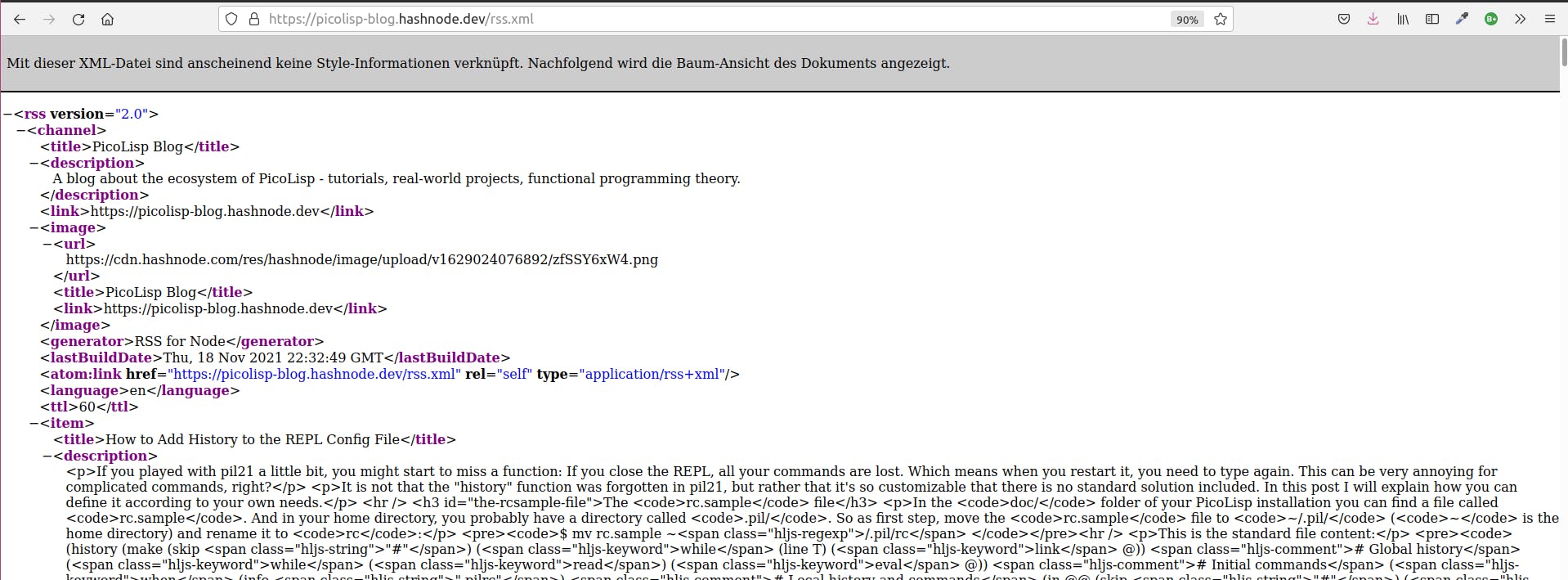Why learn PicoLisp? - How to Read this Blog
In the beginner's mind there are many possibilities. In the expert's mind there are few. (Shunryu Suzuki)
Actually this is post no. 99 on this blog, so it might seem a little late... but I think it's never too late to ask a legitimate question:
Why should I read this blog?
To be honest: You won't find PicoLisp on any "Top 10 Programming Languages That Will Rule in 2022" short list, and most probably also not in 2023 and 2024. If you're primarily looking for a great new framework that will look cool on your CV, you might be wrong here.
But if you're curious about what this "Lisp thing" actually is, if you want to find out what's behind this "functional programming" buzzword, or if you are bored by the huge frameworks that always leaves you only touching the surface without understanding what's really going on... then this one is for you.
There is a reason why Lisp is still fascinating people even more than 70 years after it was published, and I think PicoLisp has inherited many aspects of that.

In many other aspects though, PicoLisp is just as heavily influenced by Forth and Prolog, and this mix is really interesting to learn and work with.
In my opinion, PicoLisp is interesting for programmers who think of programming both as a practical tool and an art form, meaning that it should not only "work", but be meaningful, expressive and elegant - and not primarily a means for a nice career.
And besides that, the community is also really nice :)
Okay, and how should I read this blog?
This blog was mainly written for people who don't have much (or zero) experience with (Pico)Lisp programming, like me when I started this. So theoretically you could move up the articles chronologically, and learn in the same order like I did.
But I guess that every brain works differently, so maybe my order will not work for you. If you want to scan the blog for specific content, I think the following link could be helpful: gitlab.com/picolisp-blog/structure
Here you can find an overview of the already posted topics sorted thematically.

I tried to create consistent tutorials that built up gradually regarding the most aspects of PicoLisp. The following three series are more "hands-on" oriented:
while these ones rather highlight very specific examples of PicoLisp programming:
In between is the "PicoLisp Explored" series where I usually pick out specific functions or features and discuss its usage and the internal implementation:
And if you are looking for specific keywords, unfortunately the Hashnode search algorithm might be a bit disappointing - at least now at the time of writing this, I hope it will improve. So in this case, you can try to check out the RSS feed by clicking on the icon on the upper right corner, or by visiting this link: picolisp-explored.com/rss.xml

Well, I guess that's all I wanted to say on that topic. I hope you enjoyed reading this blog so far, and see you with new content in 2022!
PS. I changed the blog to a custom domain: picolisp-explored.com.

